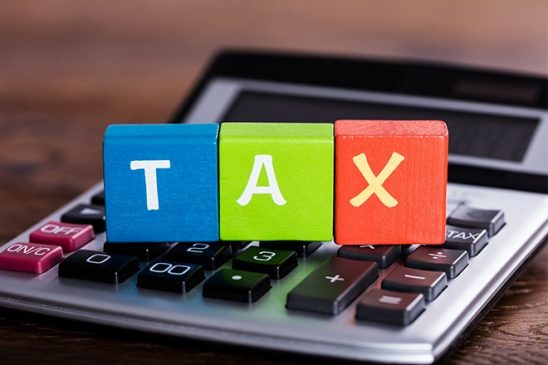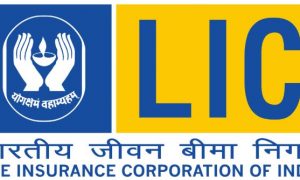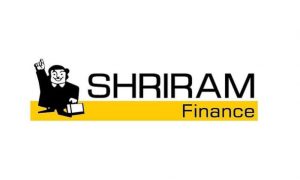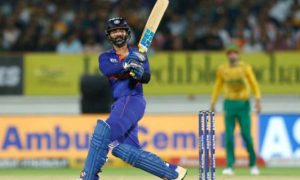As only a few days are left for the current financial year to end, it?s worthwhile to ask: have you accomplished your tax-saving goals for FY19-20? If not, there’s hardly any time to lose.
You must quickly select efficient instruments that will qualify for tax deductions while being in line with your financial goals. However, how can you make a pragmatic last-minute selection? Should you invest in small savings schemes or market-linked products? What are the things that must be factored in while making the selection?
Here are 5 things that can help you determine the best tax-saving investment products for yourself.
1. Risk appetite
Every investor has a different risk appetite. Selecting an instrument that carries higher risk than you can tolerate could be a recipe for financial disaster. At the same time, investing only in low-risk instruments might fetch low returns that might not be enough to meet your financial goals in a timely manner. Hence, aligning your investments to your risk appetite is important.
For example, investors with a low risk appetite can invest in PPF, NPS, tax-saving FDs, etc. while those with higher risk appetites can go for ELSS or ULIPs. All these qualify for tax deduction up to Rs 1.5 lakh under Section 80C of the Income Tax Act.
That being said, you should ideally have a diversified portfolio including multiple investments with varying degrees of risk and ROI potential to keep the overall risk under control. Also, you can mitigate the risk of riskier products like ELSS by taking the SIP route to absorb the shock of market volatility and fetch desired returns.
2. Liquidity requirement
All tax-saving investments have lock-ins. For example, PPF has a lock-in of 15 years, ELSS 3-5 years, tax-saver FDs 5 years, and so on and so forth. If you want to invest in a product with a relatively short lock-in period, you may invest in ELSS; on the other hand, if you are comfortable with a long lock-in but want the facility of loan against the investment, PPF or NSC could be your go-to options.
If you’re looking for a low-risk tax-saver with a moderate lock-in of 5 years but don’t need a loan facility, you may explore options like FDs, Senior Citizens Savings Schemes, etc.
3. Returns expectation
Understanding the demands of your financial goals lies at the heart of any investment strategy — something that shouldn’t change even when you select tax-saving investment instruments.
So, before finalising a particular product, evaluate its returns potential and see whether you would be able to timely achieve your financial goal if you invest in it. For example, if you have a moderate-to-high risk appetite and need 12% annual returns to fulfil a particular financial goal, you might consider investing in an ELSS scheme with a 5-star rating and a stellar track record.
4. Commitment period
Some tax-saving products are more flexible than others when it comes to the regularity of investments and reinvestment compulsions. For example, you may invest in an ELSS once in the current financial year (with a single lump-sum payment) but skip in the next year.
Similarly, you can invest a lump-sum amount in a tax-saving FD or NSC and you won’t have to invest anything else during the deposit tenure. On the other hand, several tax-savers that require a long-term commitment — any investment discontinuation in the future may lead to substantial losses.
For example, if you purchase an endowment plan to save taxes but don’t want to continue it after a year, stopping it before the mandatory period would result in a major loss. You’ll be well-advised to avoid tax-saving products that require long-term commitment unless you require them to meet your financial goals.
5. Tax-efficiency
There are a few tax-saving products that offer tax benefits on investments, returns, and maturity. Such instruments are called EEE (an abbreviation of Exempt-Exempt-Exempt), meaning all the three abovementioned parameters are exempt from tax. PPF is such an instrument. On the other hand, some instruments involve a tax on returns while others ley tax on maturity.
Such products called ETE (Exempt Taxed Exempt) and EET (Exempt Exempt Taxed), respectively. ELSS is an example of an — EET — investment as LTCG above Rs 1 lakh in a financial year is taxable at a 10% rate, while tax-saver FDs come under ETE category because the interest earned is subject to tax at the applicable slab rate. Factoring-in the tax-efficiency of your chosen investment instrument is very important.
In conclusion, tax-planning should ideally be a year-long process and not a last-minute exercise to avoid making costly mistakes. However, even if you don’t have the luxury of time, ensure your tax-saving measures are aligned with your financial goals, risk appetite, and liquidity requirements.
I hope these 5 pointers would help you make informed investment decisions. When in doubt, don’t hesitate to consult your financial advisor.





































